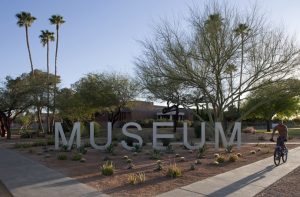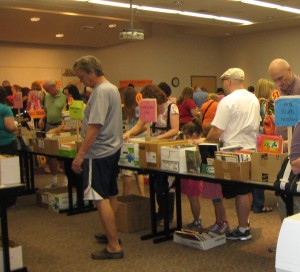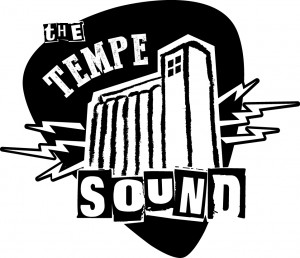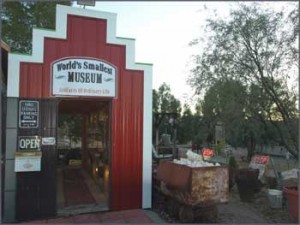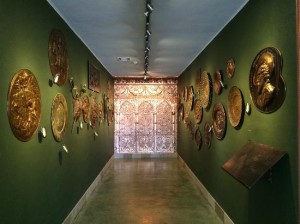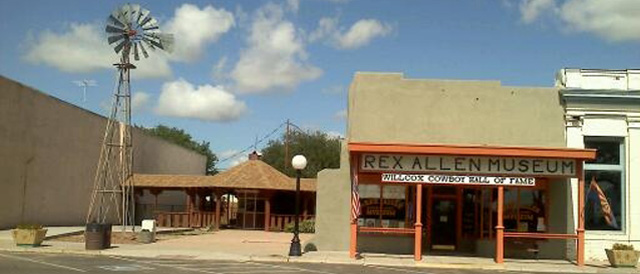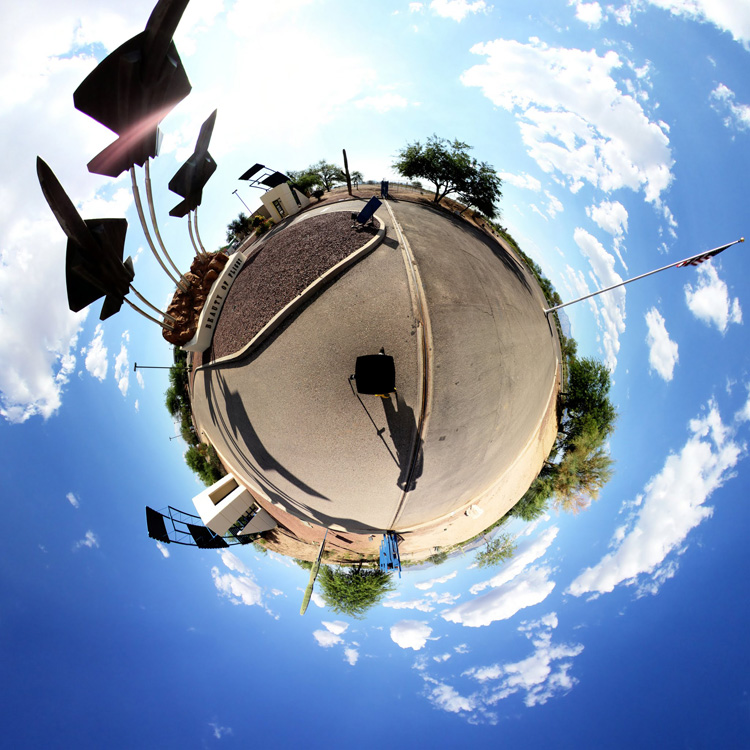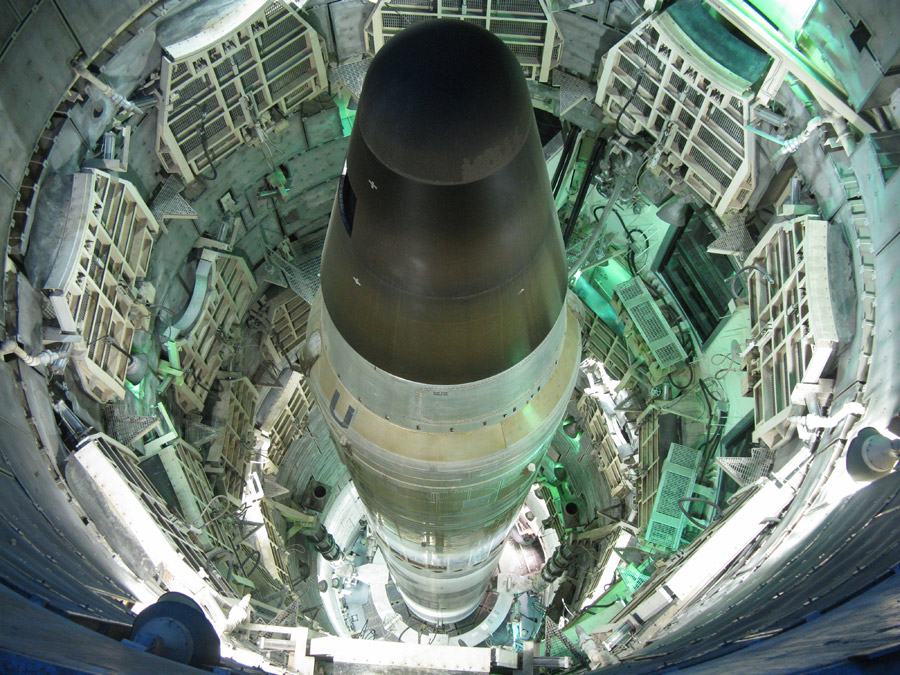Tempe History Museum Receives National Accreditation
The Tempe History Museum has been awarded the highest honor of National Accreditation by the American Alliance of Museums, an organization that recognizes institutions that meet or exceed national museum standards. The museum joins the ranks of some of the most recognizable institutions in the Phoenix-metro area and nationwide.
The accreditation process took several years and involved an in-depth self-assessment by city staff, peer reviews and an analysis of the museum’s management of resources. In particular, the Tempe History Museum was recognized for its openness to engaging in partnerships and listening to public feedback. It was also given high marks for its well-maintained, well-catalogued collections, many of which are digitally accessible. Additionally, it was recognized for its educational programs and how relevant they are to classroom instruction.
Tempe’s Public Works and IT departments also played a role in the accreditation, along with the History Museum and Library Advisory Board, Tempe Historical Society and the African American Advisory Committee.
To find out more and read the full release, click here.
